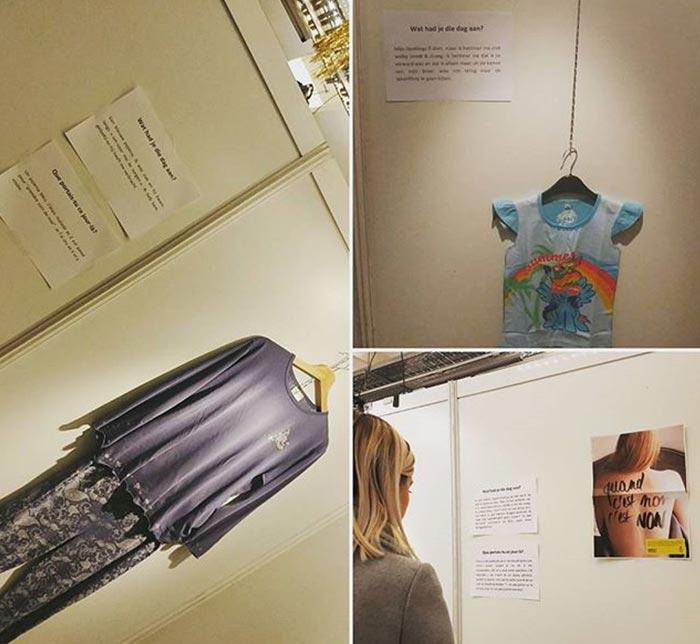“What were you wearing?”
“Why were you out so late?”
“You must’ve given him the wrong signals!”
These are the statements that often await the survivors of sexual violence, not sympathetic eyes and compassionate words. To prove the absurdity of a situation where the burden of proof is on the victim (the only scenario where the burden of proof is on the defense and not prosecution), let me conduct a small imaginary exercise.
Imagine you were in a hit and run, or a victim of a house break-in, do you think you would be asked similar questions? No, right? I mean how can one be expected to entice a robber to their house.
In terms of severity, a sexual assault is a far graver crime than a robbery. Why? Simply because, in a robbery, your material possessions are taken away from you, while in a sexual assault it’s your dignity and bodily agency that is snatched away from you. And even then, media personalities, state apparatuses and the society in general, have been less than kind with sexual assault survivors.
Choice Of Clothing Is Not An Invitation To Rape
A couple of days back, an incident in Gurugram went viral in which a woman was shown verbally attacking a group of girls for their choice of clothing. She had gone to an eatery in a mall, where she had observed a group of girls, one among whom was wearing a short dress, which was not a suitable choice of clothing as per her. She decided to confront the girl, and when the girl seemed unapologetic, the woman lashed out by saying that she should be raped by the men present in the eatery.
The whole incident raised a lot of brouhaha on the Internet, and the woman in question even rendered an apology saying that she was “concerned” and that she regretted the “harsh” manner in which she voiced her concern. Although she acknowledged her fault publicly and apologized for this grave mistake, the thing that concerns me more is that in the mind of this woman (and many others like her) the fact of rape was closely related to the choices the victim makes rather than the perpetrator. This is a manifestation of the rape culture which often places the blame on the victim of the sexual violence, under the guise of morality and sometimes even pragmatism (why did she go out at night, when it was so dark? She should have known better).
And this rape culture not only maligns and lets the victim down, but it also enables the perpetrator!
Morality Police Or Enabling The Perpetrators

leilaagic / Instagram
A stark reminder of how problematic this tenuous connection between clothing and rape is was this exhibition that was put up in Brussels last year. The exhibit was called “What were you wearing that day?” It displayed replicated clothing items similar to the ones worn by sexual assault survivors at the time of the attack.
You only have to look at the exhibits, such as the little “My Little Pony” shirt to imagine the bestiality of the act. The police uniform, the pajamas, and the other items on display reinforce the fact that clothing can never be seen as the justifying cause of the rape.
This question in itself is a tool in the hands of the perpetrator, with which he inflicts more harm on the victim, even after the act of rape had taken place. The only questionable morality is that of the perpetrator.
The Burden Of The Victims
That there was a need for such an exhibition to make this point clear, is disheartening in itself, but there is hope yet. Last year, the police commissioner of New York City rendered a public apology to a rape victim, whose testimony was doubted by his peers. The woman who had been raped in a park was slandered in the media after it was reported that a few officers were doubting the victim’s statement.
Though the apology came 24 years too late, yet the fact that the head of the police acknowledged that the department let the victim down was a symbolic gesture that made it clear that the survivors of sexual assault were not alone (1). By using words such as “miscarriage of justice” in his apology, the commissioner put the blame of the incident on the perpetrator and state apparatuses, freeing the victim of any responsibility.
At least now, after the unfortunately long list of sexual abuses, instead of questions like, “what were you wearing?”, we should be asking what are we teaching our boys. Are we teaching them that they should give in to every animalistic impulse they have? Or are we giving the message that women are objects for their taking? It’s time we do away with this culture of victim shaming and instead cultivate the ethos of victim solidarity.
How do you think we can bring about this change?
The post Rape Victims’ Clothing Displayed To Prove Clothing Choice Doesn’t Cause Rape appeared first on STYLECRAZE.



